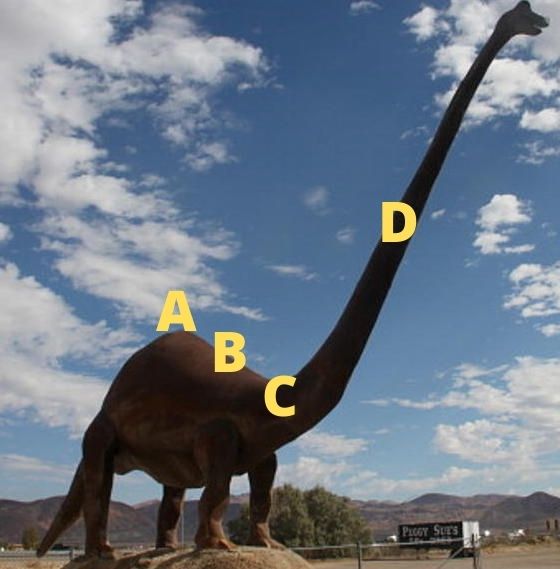Let me share a fictional story I just read in an anarchist copywriter ezine:
One morning in a certain November, a man named John Bejakovic walked out onto his driveway and down to the mailbox.
All around, the street was empty, as it had been for days. His neighbors, like most people around the world, were in a panic, and stayed out of the open as much as possible.
Each night, experts on the teletron warned of unusual bursts of cosmic gamma rays. The experts said these gamma rays could cause serious DNA damage. And while some people seemed to handle the gamma rays just fine, others suffered for weeks with strange symptoms. Still others died.
John opened his mailbox. Among the usual junk mail — magalogs from Boardroom and Phillips Publishing — he saw a thin white envelope. He recognized it immediately. It was an occasional newsletter John was subscribed to, written and published by an expert in persuasive communication.
As always, on the top of the white envelope, in large black letters, there was a “teaser.” This week, it read:
“AN HONEST MISTAKE?”
John walked back inside, magalogs under his arm. He tossed the magalogs into the trash, sat down on the couch, and ripped open the envelope.
“I’ve been warning you all year long,” the newsletter started. “The world is finally starting to realize that the Great Gamma Ray Hysteria is nothing more than a seasonal flareup of space radiation. The question is, how did we get here?”
The newsletter then went into a bunch of reasoned arguments. John scratched his head, and scanned over the remaining pages. Expert opinion… statistics… data. Not only was this whole gamma ray thing not real, the newsletter argued, it was purposefully fabricated.
“Yawn,” John said out loud, even though nobody was in the room with him. “How could an expert in persuasive communication write something like this?”
John tossed the newsletter aside, and grabbed an issue of the New Yorker from the coffee table. He was in the middle of an article about philosopher Daniel Dennett. The article picked up:
“Arguments, Dennett found, rarely shift intuitions; it’s through stories that we revise our sense of what’s natural. (He calls such stories ‘intuition pumps.’) In 1978, he published a short story called ‘Where Am I?,’ in which a philosopher, also named Daniel Dennett, is asked to volunteer for a dangerous mission to disarm an experimental nuclear warhead.”
“Now that’s what I’m talking about!” John said, slapping the page. He rushed to his writing desk and got out a piece of paper. “I’ll show him,” he said out loud, even though there was nobody else in that room either.
Hey it’s me again. I mostly wanted to share this fictional story because the main character has the same name as me. What are the odds?
But the story gets increasingly pornographic after this point, so I won’t bother reprinting it verbatim.
The gist of the action is that the guy started to write a letter to the persuasion expert. He wanted to complain about the boring newsletter. But he ripped the letter up because he realized he was making the same mistake of trying to make his point through argument.
So instead, he wrote a short story about unicorns, and about an evil wizard who poisons their meadow. He published his story in Teen Vogue, where it went viral, and wound up being read verbatim on the Dr. Oz teletron show.
What nobody realized is that the story was just an exercise — a trojan horse to make the same point about the gamma rays, but in a more persuasive way.
And after the story was read on Dr. Oz, people around the world had a mass change of heart and started walking out onto the streets again. And you can imagine how that went, with all the surging gamma radiation raining down from heaven.
Anyways, like I said, a fictional story. But I had to share it just because of the coincidence of the name. And who knows, maybe you can draw some value out of it.
Speaking of newsletters, I’ve also got one. It’s email, not paper, and it arrives every day, not only occasionally. Here’s the optin.


